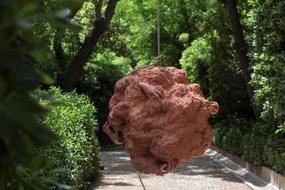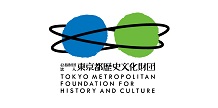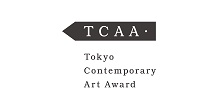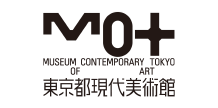William Cobbing
- TOP >
- Archives >
- Residency Program >
- William Cobbing
Exchange Residency Program
(International Creators from abroad)
update: 2019.10.28

William Cobbing
| Participating Project | Exchange Residency Program (Creators from abroad) |
|---|---|
| Activity Based | United Kingdom |
| Period | 2015.7 - 2015.8 |
Purpose of the residency
Central to the development of my art practice is researching and discovering news ways in which clay and ceramics are utilised in a broad range of creative disciplines. Being 'Creator in Residence' at TWS would provide a context to undertake reconnaissance for developing future works, by engaging with the other practitioners at TWS and by exploring research opportunities in Tokyo.
My approach to clay and ceramics is holistic and cross-disciplinary, including videos of writing and re-writing texts into wet clay surfaces, and creating 'oil-clay' material to make sculptures that remain malleable and changeable over time. I am interested in the use of utilitarian ceramics in terms of furniture (such as Japanese ceramic stools) and also the acoustic properties of ceramics in musical instruments, such as the Ocarina vessel-flute.
Plan during the residency
I am interested in a diverse range of ceramic practices in Japan, and would like to experience this approach directly (although I have previously exhibited my 'claymation' videos in Japan I have not yet visited). Time spent at TWS would enable me to visit galleries, museums, libraries (including The International House of Japan) artists and ceramicist's studios as a way to engage in a direct dialogue about the material.
Of particular interest is Kazuo Shiraga's performance 'Wrestling in the Mud' (1955) in which the half naked artist battled with dense clay spread over the ground, until he tired and conceded defeat to the earth, which he claimed had 'won'. Shiraga was part of the Gutai group that radicalised post-war art practice through performance and mixed media installations, and linked to the work of Allan Kaprow and Fluxus. Also of relevance is the radical fraternity of postwar Japanese potters founded by Kazuo Yagi, named Sodeisha in reference to an earthworm burrowing into the soil. Sodeisha was premised as an alternative to traditional ceramic methods, and was often unglazed and rough to handle, returning to a more direct and haptic engagement with the material.
I am interested in clay-built environments, including Isamu Noguchi's compacted clay wall at his Yamaguchi House in Kamakura in early 1950's, which featured a Haniwa archaic head from the prehistoric Jomon period. Haniwa are terracotta figures set in the ground beside burial mounds, formed through repetitive coiling to form a hollow shell.
I would like to further research into oil-clay recipes (a type of clay mix in which the water component is substituted with oils and waxes), utilised in sculptural work including Nobuo Sekine's 'Phase of Nothingness' (1969).
These works are instrumental to the way I think about my own ceramic practice, and I would envisage that deepening my knowledge and experience of these works would enable me to explore the way I work with ceramic in terms of the body, time-based media and installation practices. I would propose giving a lecture on my practice in relation to these research interests to the TWS community.







